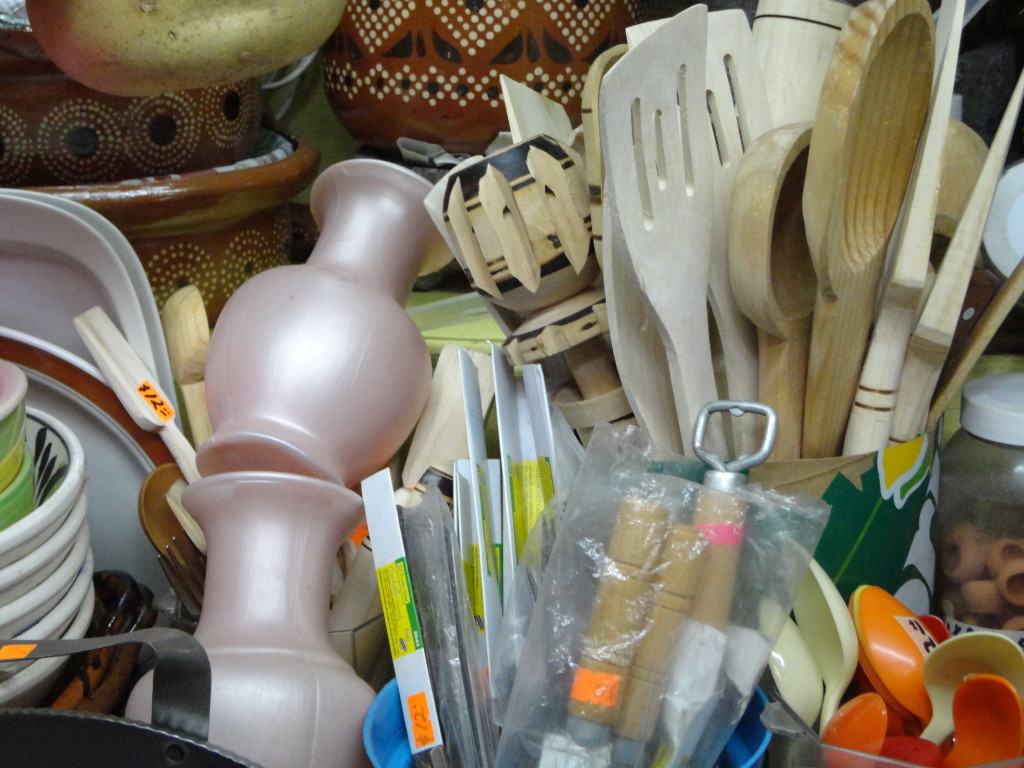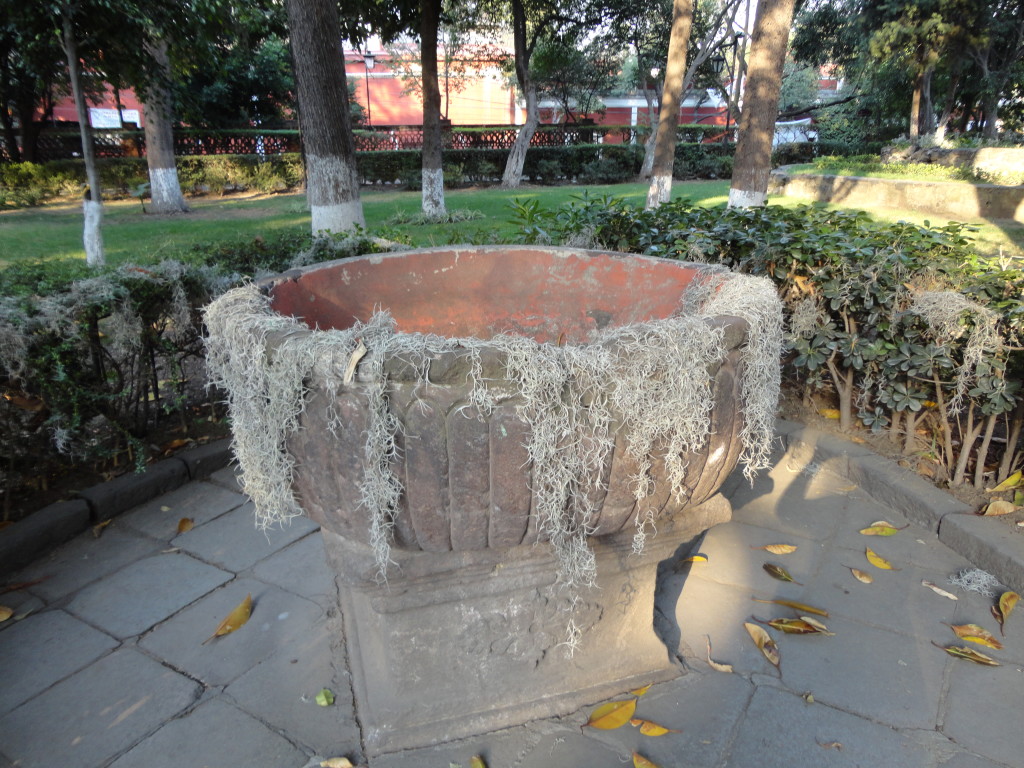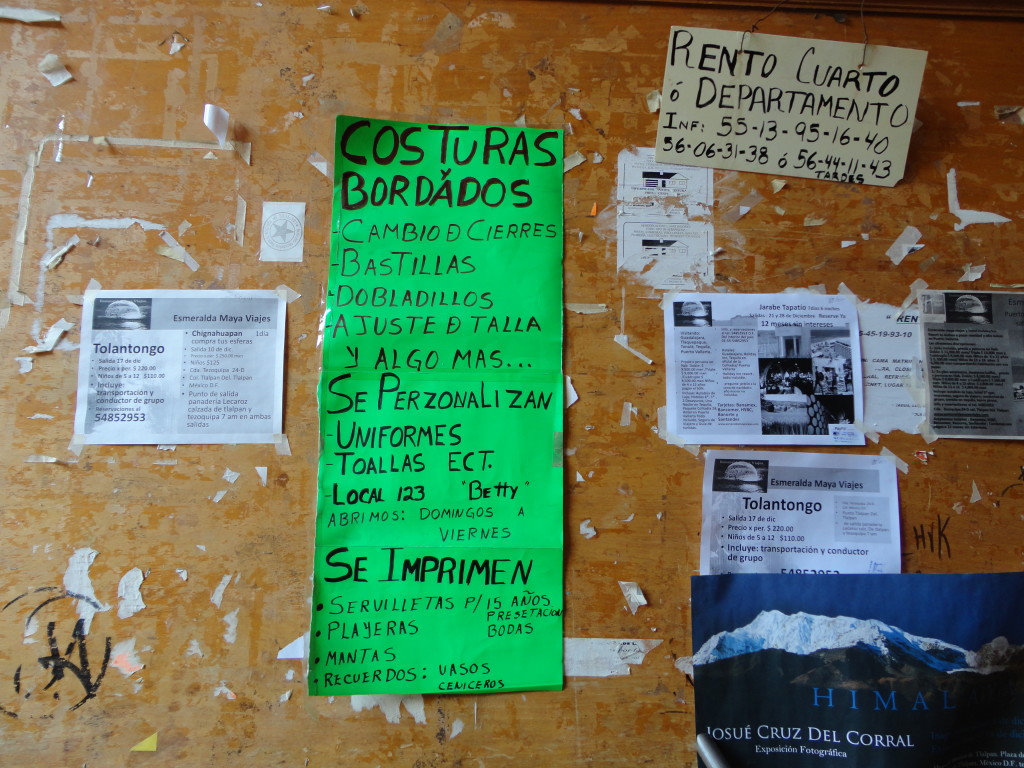At present, Tlalpan is the area within Mexico City that I consider to be my home. Tlalpan is the largest of the sixteen delegaciones (districts) that integrate Mexico City and a large portion of this district continues to have green areas dedicated to agriculture or, which are natural reserves[1].
Tlalpan is a compound Nahua word; “tlalli” means “land” and “pan” means “on” (Tlalpan, Monograph, Naming Features). This would translate to “place of solid ground.” This area was not part of the Texcoco Lake region. Tlalpan is located on the outskirts of the Xitle Mountain, which was once an active volcano. In the year 100 B.C. this volcano erupted, destroying Cuicuilco, one of the most ancient pre-Hispanic settlements that existed within Mexico City area. Cuicuilco was developed over hundreds of years. Archeological and historical studies suggest that the first inhabitants (Otomis) arrived in the year 700 B.C.(Tlalpan, Monograph, Pre-Hispanic Background). After Xitle’s eruption and the disappearance of the Cuicuilco civilization, Tlalpan became part of the Nahua territories. During the colonial period (1521-1820), it became part of the Spanish conquistador Hernan Cortes’ domains. After independence and the first half of the 19th century, this region belonged to the State of Mexico, not Mexico City. At that time, the government’s offices were located in the City of Toluca, on the western end of the state. As a result, the residents of Tlalpan had to take long trips in order to take care of their legal affairs ( Tlalpan, Monograph, XIX Century).
 Veronica Sahagun (2011). Kitchen Utencils Sold in Tlalpan’s traditional market place.
Veronica Sahagun (2011). Kitchen Utencils Sold in Tlalpan’s traditional market place.
Tlalpan’s square features traditional colonial design elements, including the government palace, a plaza, a church (the Parroquia de San Agustin de las Cuevas) and a market place. Adjacent to this square are cultural centers, restaurants and cafes. This public plaza is filled with life, especially during the weekends, when people go to church, buy their groceries and relax on the plaza’s benches. It is common to see traditional Mexican bands perform in this area, too. Tlalpan’s colonial center is easy to navigate on foot, which allowed me to become especially familiar with the area. This exploration gave me the opportunity to be exposed to Tlalpan’s magnificent colonial architecture. Many of its buildings consist of both large haciendas (state houses) and more modest town houses, as well as monasteries and churches. Many of the streets continue to be paved in the colonial style, with rocks and slabs. The tradition of identifying houses through the family names and/or the streets on which they are located has continued as well.
In the mid 20th century, Tlalpan was considered to be the outskirts of the city. It was mostly countryside with very few urban areas. These characteristics made Tlalpan an appropriate location for construction of the main campus of the Universidad Nacional Autónoma de México, UNAM (National Autonomous University of Mexico), which is known as Ciudad Universitaria[2]. The campus was inaugurated in 1954. At that time, my grandfather was looking for real estate investment opportunities. Foreseeing that my mother would be attending class at the new university, he acquired large property right next to the Fuentes Brotantes National Park[3]. At the beginning, this land, was a place for family picnics during the weekends. However, as time went by, this site underwent a few transformations. My grandfather sold a segment of the land to a construction company with plans to build suburban house complexes. Two of my aunts kept part of the land and built their own houses. Some years later, my mother bought a house on the same street. My family house is located just twenty minutes walking distance from the town’s colonial center. Later on, a fourth aunt moved into the neighborhood. Because so many women in my family gathered in Tlalpan, I associate it with the process of becoming a woman and to the energy of my female relatives. Their energy was present in my daily life during my late teens and my early twenties. My animated collage is dedicated to them, and in particular, to Aunt Marielena, who recently passed away in August 2013. Aunt Marielena was my mother’s oldest sister. Because Aunt Marielena never married, she viewed her nieces and nephews as her own children. To me, Aunt Marielena’s departure from Tlalpan–and from our lives–signifies the end of a period within our family history. When the time came to move to Montreal, I worried that I was not able to be physically present for my aunt’s passing away. Aunt Marielena knew how I felt and made it easy for me to say goodbye being cheerful and honest at the same time. She brought up her passing away in our conversations saying that it was a natural thing. What was more impressive, aunt Marielena said that in fact, she was hoping that this happened some time soon so that she didn’t have to go through a painful physical deterioration. This conversation continued from a distance and throughout these past four years. However, the morning of my aunt removed from my family has possibly been one of the hardest experiences that I have had to go through in my life.
 Veronica Sahagun (2011). Stoup in the Parish and Ex-Convent of San Miguel de las Cuevas in located in Tlalpan’s square.
Veronica Sahagun (2011). Stoup in the Parish and Ex-Convent of San Miguel de las Cuevas in located in Tlalpan’s square.
Aunt Marielena was a mezzo-soprano who specialized in Christian religious singing. I experienced my aunt’s singing as deeply felt prayers. Aunt Marielena sang in the religious ceremonies of the weddings of many of my cousins. One of my secret fears was not to getting married before her passing away. I wanted her to sing for me. This did not happen. However, just this past winter, I joined a choir in Montreal. The last time that I was in Mexico and visited aunt Marielena, I asked her to help me prepare for the choir’s audition. Aunt Marielena taught me how to breath using my belly. I was moved by her enthusiasm and strength. My aunt’s last gift to me, were her music scores. Amongst, these scores was aunt’s Marielena’s favorite: Hail Mary (Ave Maria) in Latin.This song will always remind me of her. What is even better, after eight months of being part of the choir specialized in religious singing, I now feel that my singing will be my way of connecting with the spirit of my aunt.
Aunt Marielena’s example showed me a more authentic and spiritual dimension of the Catholic tradition that permeates Mexican culture. This awareness has been present during my two most recent visits to the parishes located in the colonial centers of Tlalpan and Coyoacan. When, I visited these spaces, I tried to be more observant of the communal religious practices. I saw many young and older people who came to the temples to pray. Thus, the saints’ altars were filled with candles, tokens and, even written petitions. In particular, on December of 2011, I spent some time in the San Agustín de las Cuevas parish, in downtown Tlalpan. This was probably the first time that I examined the environment of the church. I was drawn to the statue of Saint Charbel, a saint of Lebanese origin. The traditional offering for this saint is a colored ribbon. In this ribbon, people write down a petition, which is often a “grace” that may relieve them of a hardship taking place in their lives. This was the first time in which I felt compeled to pray to a saint. My petition to Saint Charbel asked for strength and bravery to overcome the difficult moments of my stay in Canada.
 Veronica Sahagun (2011). Local Postings.
Veronica Sahagun (2011). Local Postings.
References
Tlalpan. (2013). Retrieved September 20, 2013, from http://www.tlalpan.gob.mx
[1] This is the version of some one who lived in the area for over 15 years. I complemented it using the monograph included on Tlalpan’s official website: http://www.tlalpan.gob.mx/index.php/delegacion-tlalpan/monografia-tlalpan-un-camino-seguro
[2] In 2007, this campus became part of the UNESCO’s World’s Heritage list. For further information, refer to: http://whc.unesco.org/en/list/1250
[3]A possible translation for the name Fuentes Brotantes may be “ emerging springs”. This is one few water reservoirs that remain in the city. This water comes down from the Ajusco mountain.